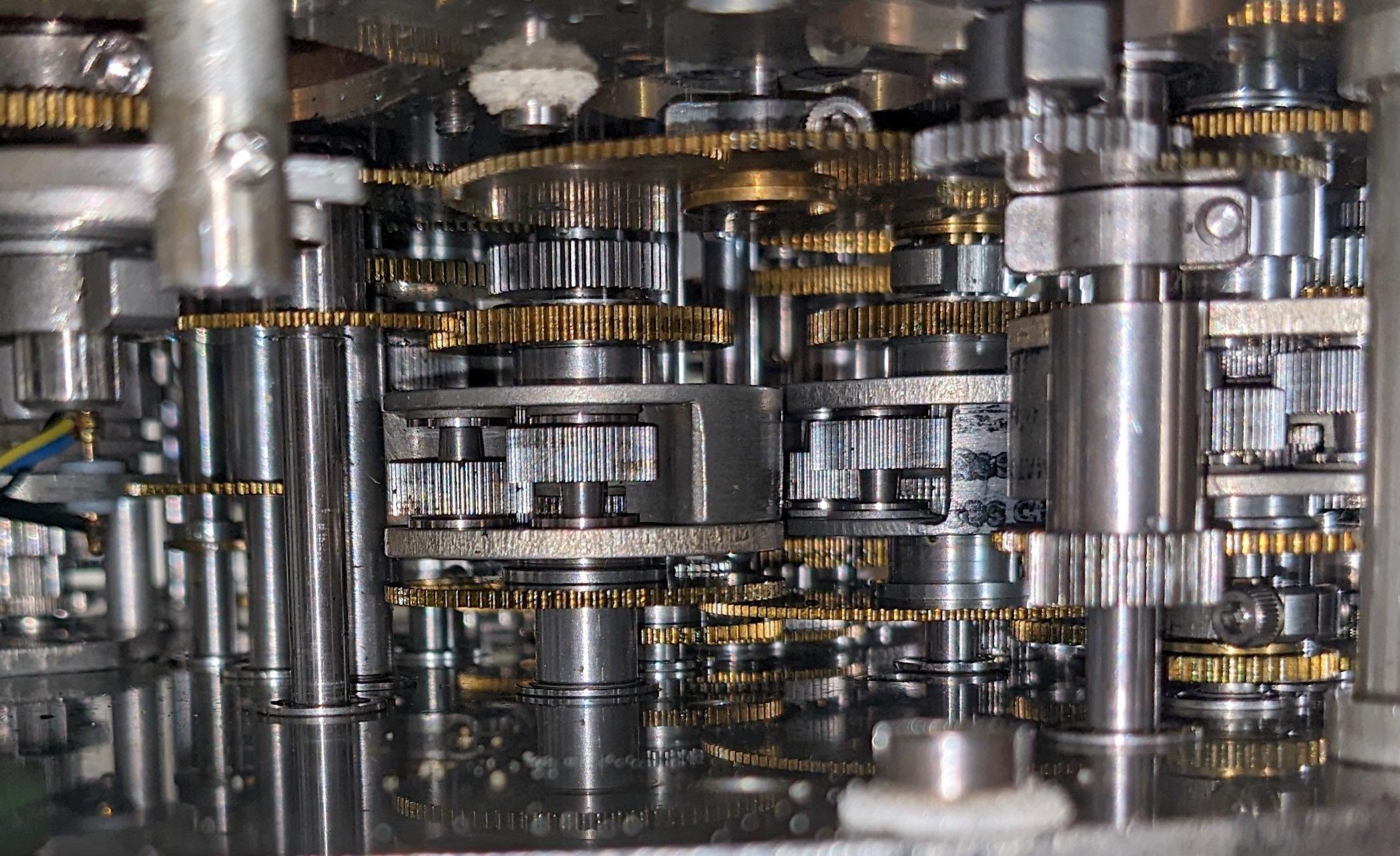I recommend using a different set of flags so you can avoid the buffering problem @thenumbersmason@yiffit.net mentions.
This next example prevents all of your ram getting uselessly filled up during the wipe (which causes other programs to run slower whenever they need more mem, I notice my web browser lags as a result), allows the progress to actually be accurate (disk write speed instead of RAM write speed) and prevents the horrible hang at the end.
dd if=/dev/urandom of=/dev/somedisk status=progress oflag=sync bs=128M
“oflag” means output flag (to do with of=/dev/somedisk). “sync” means sync after every block. I’ve chosen 128M blocks as an arbitrary number, below a certain amount it gets slower (and potentially causes more write cycles on the individual flash cells) but 128MB should be massively more than that and perfectly safe. Bigger numbers will hog more ram to no advantage (and may return the problems we’re trying to avoid).
If it’s an SSD then I issue TRIM commands after this (“blkdiscard” command), this makes the drive look like zeroes without actually having to write the whole drive again with another dd command.









I wouldn’t attack via USB, that path has already been too well thought out. I’d go for an interface with some sort of way to get DMA, such as: